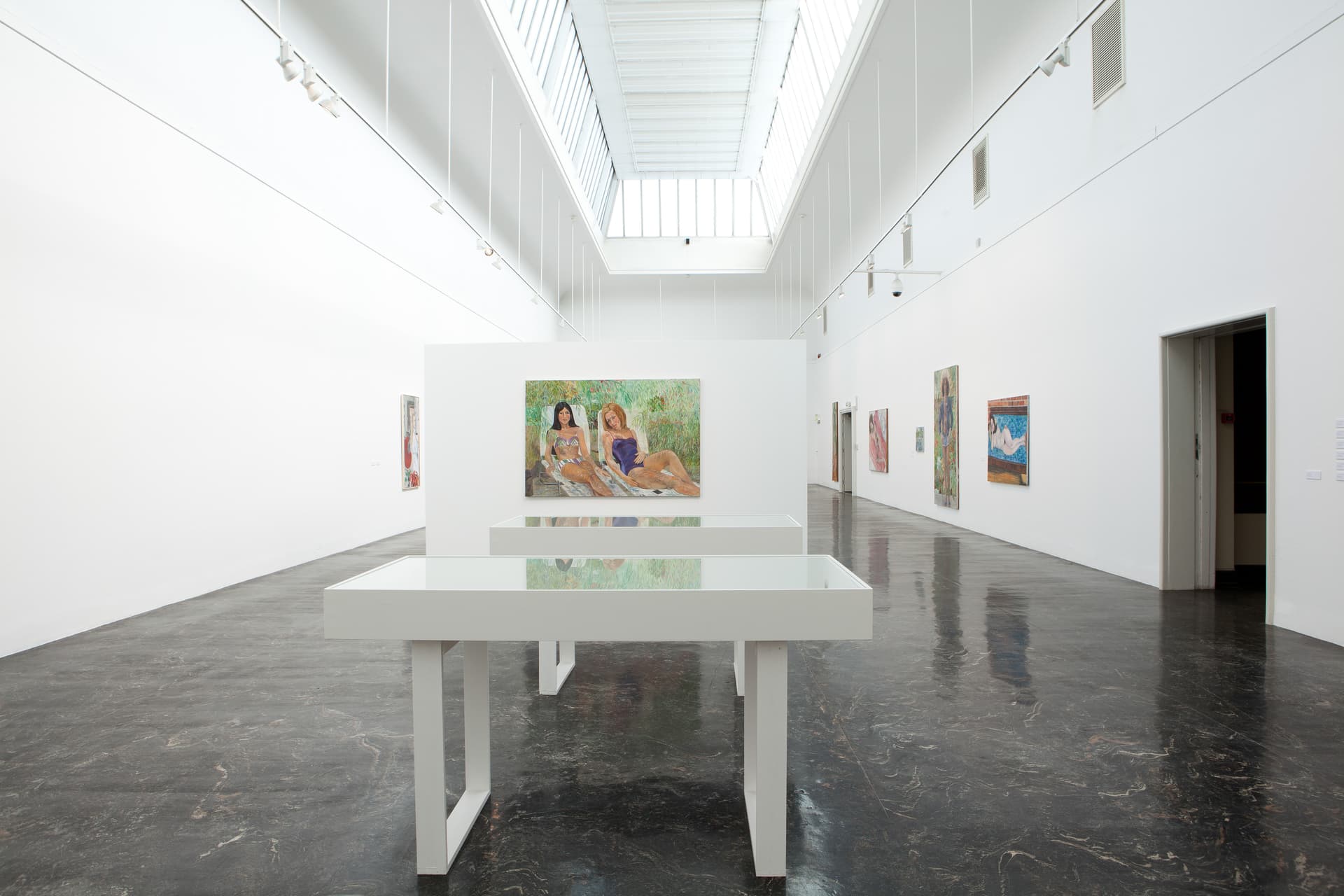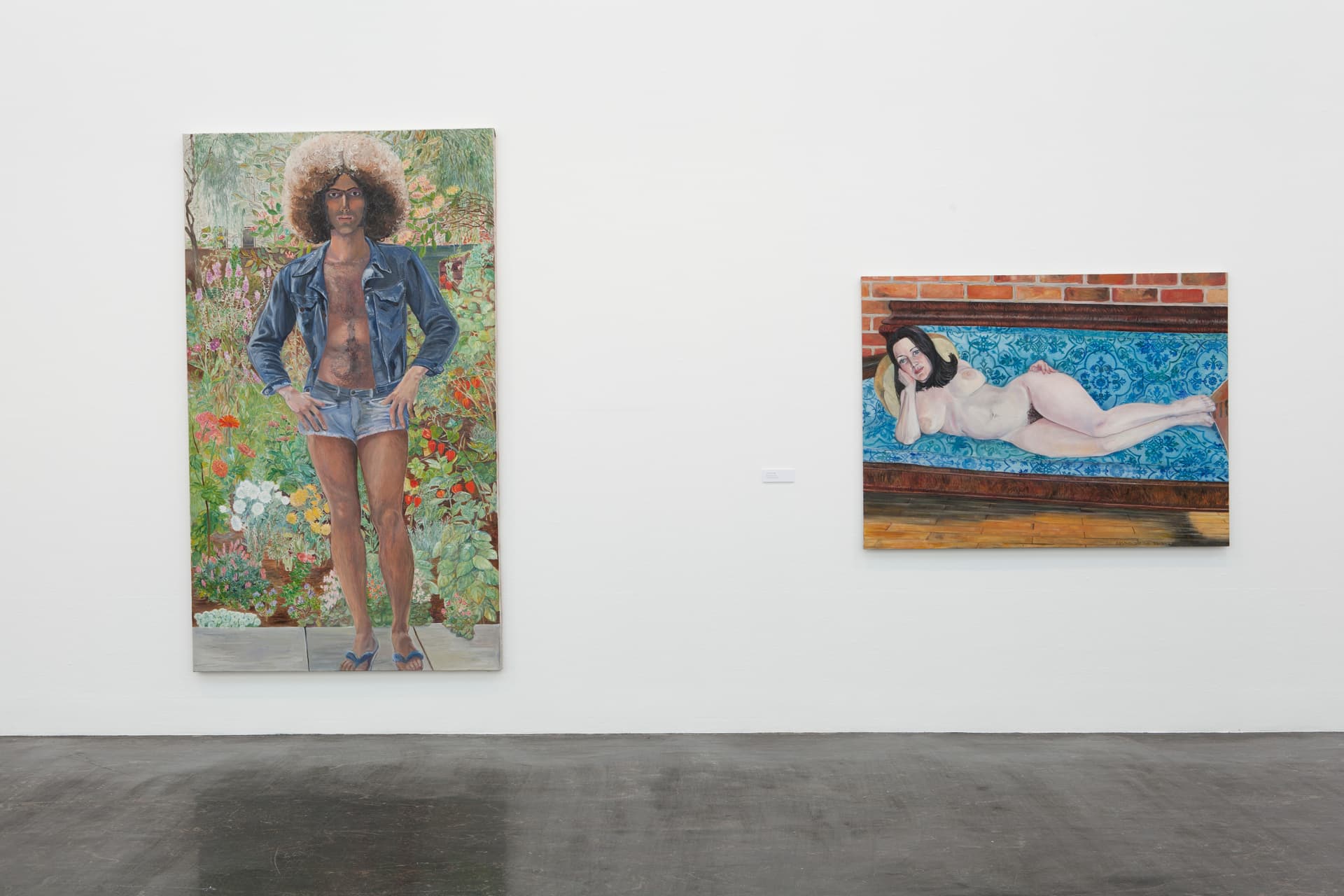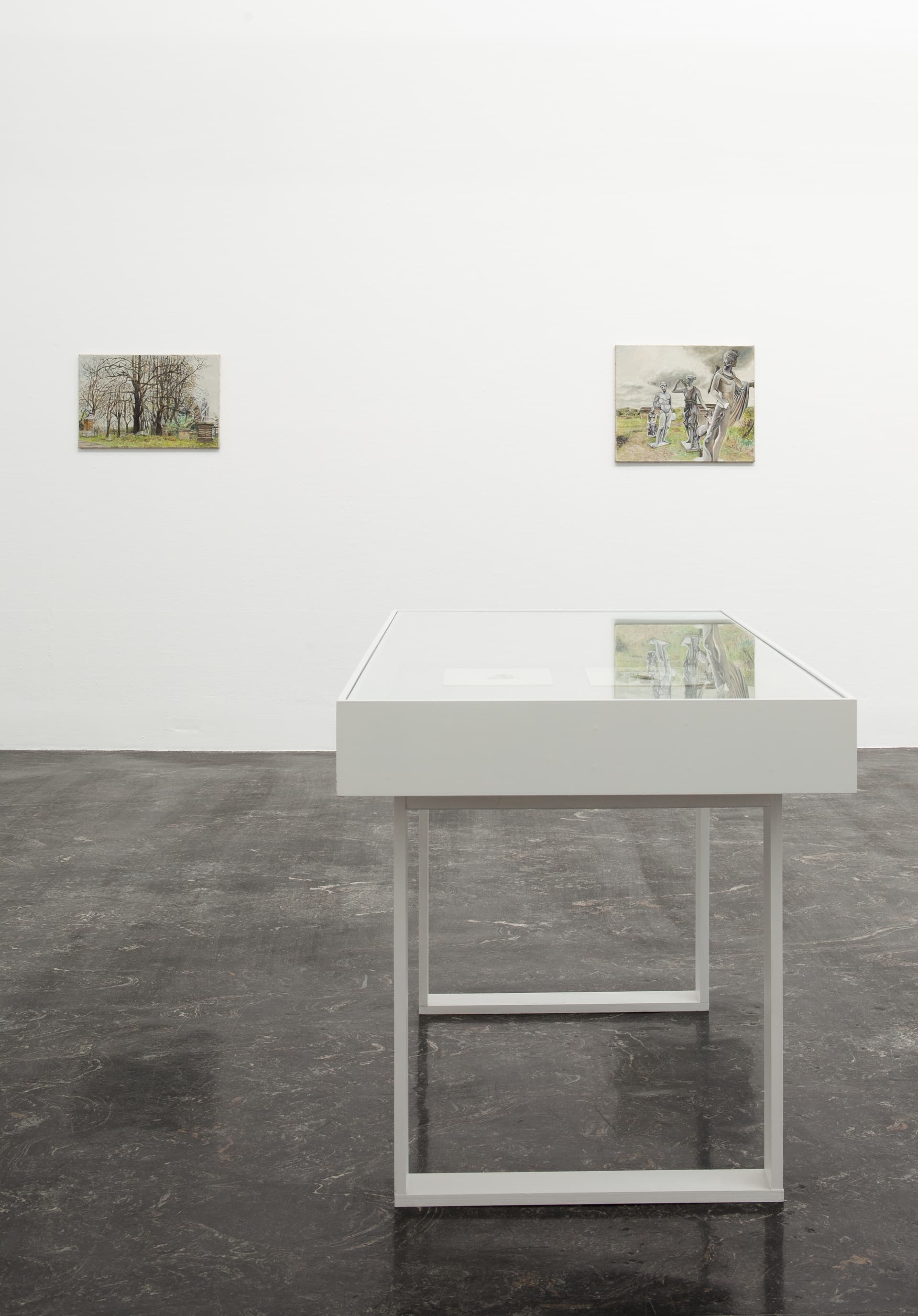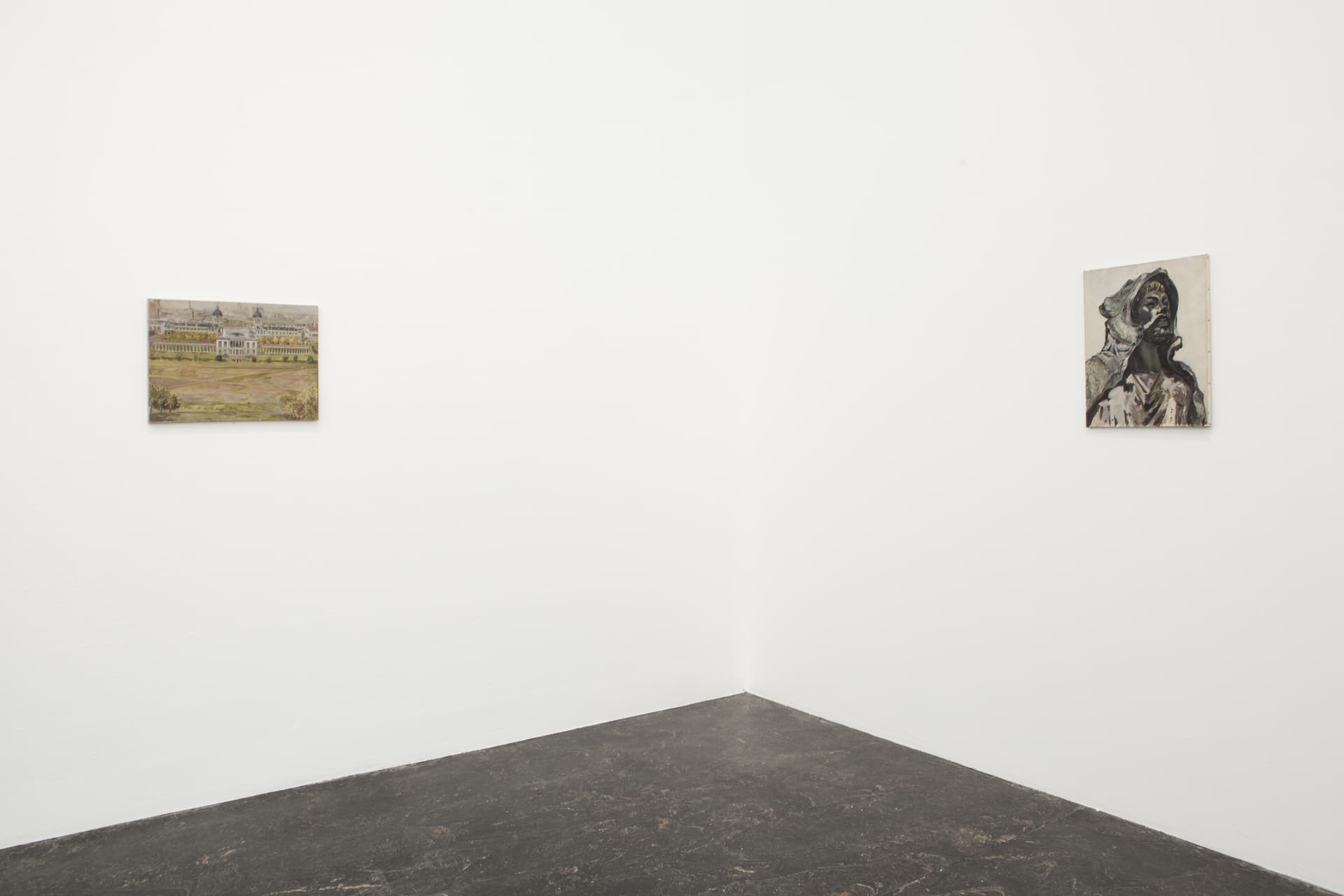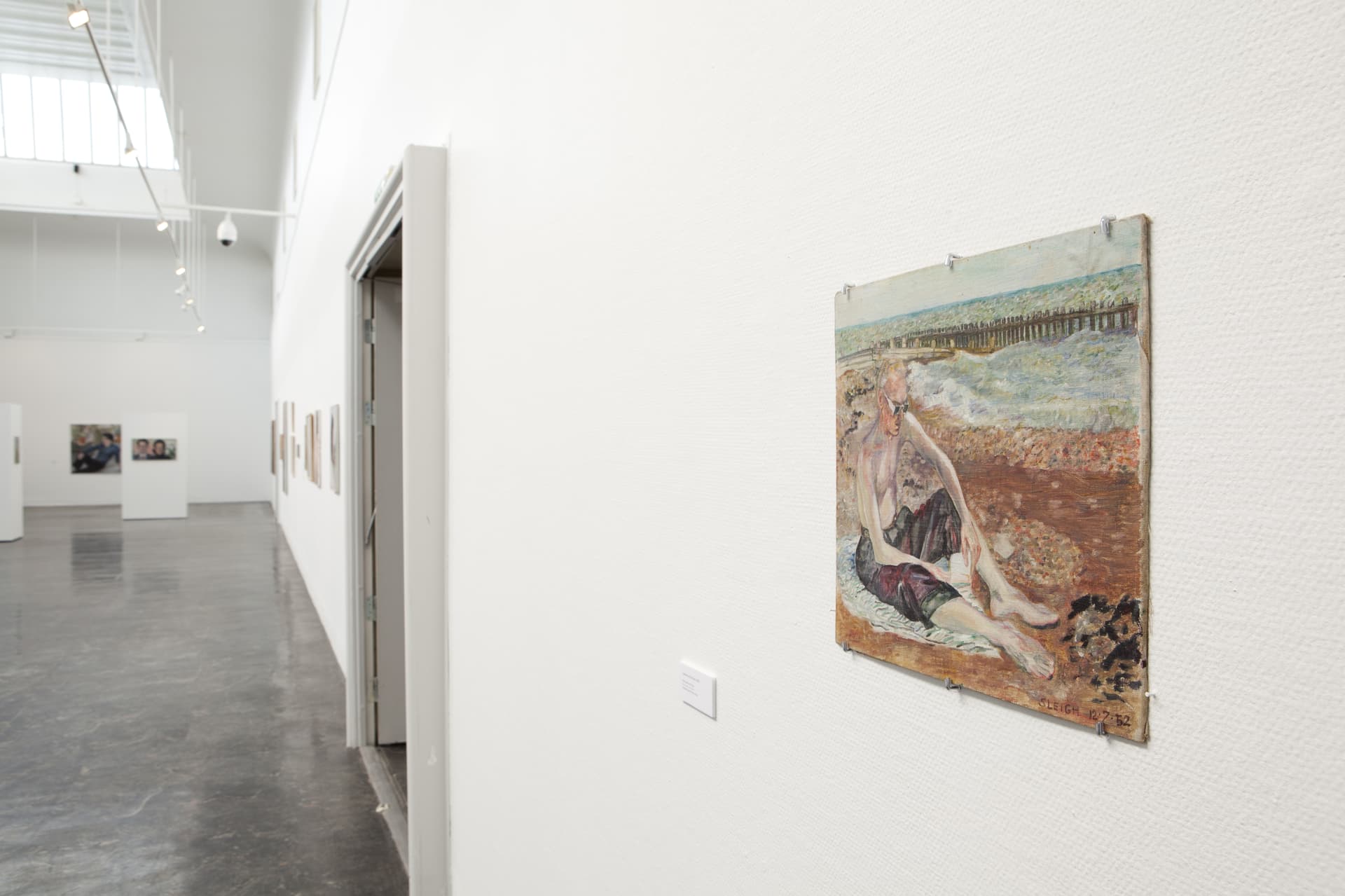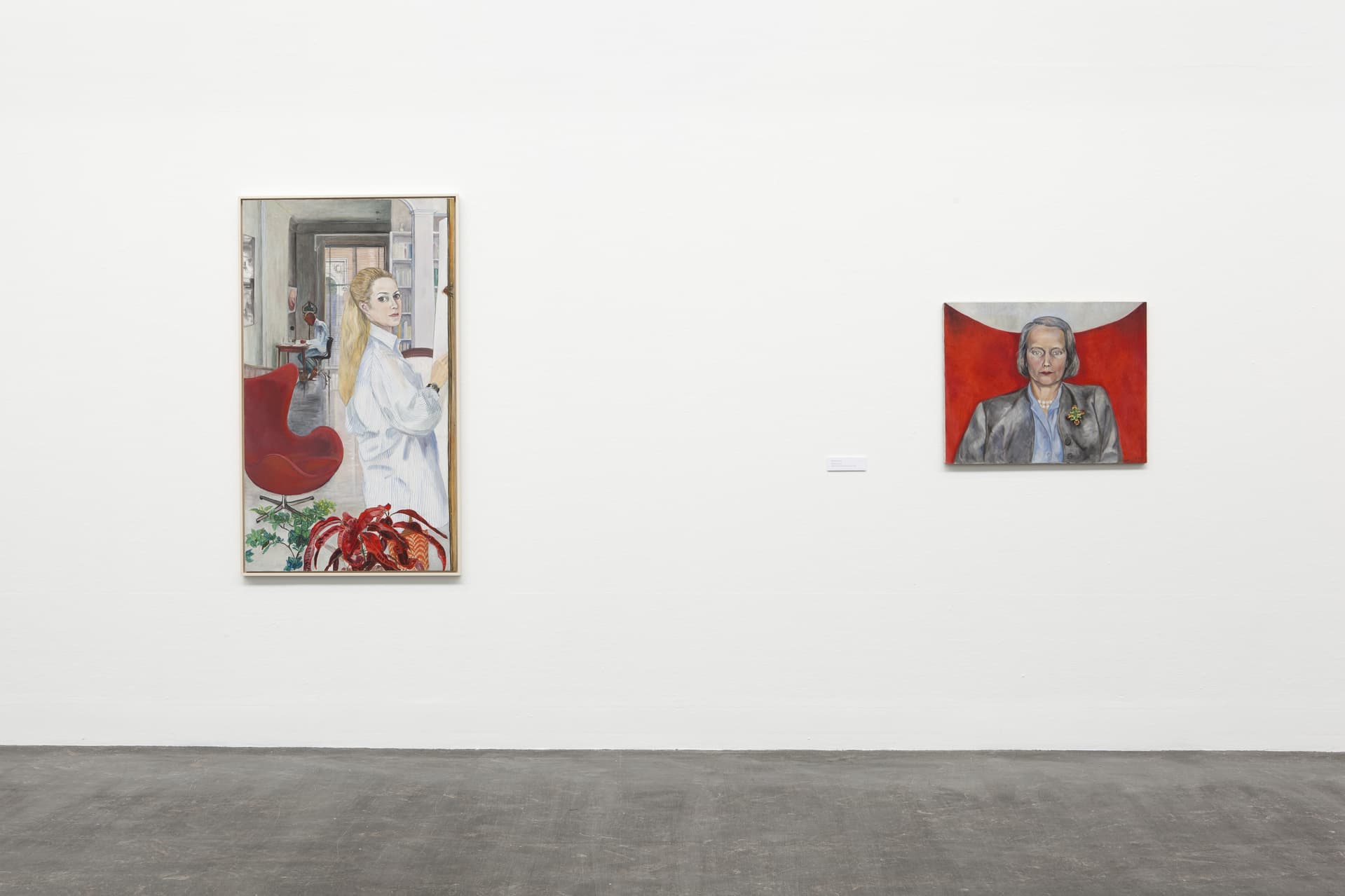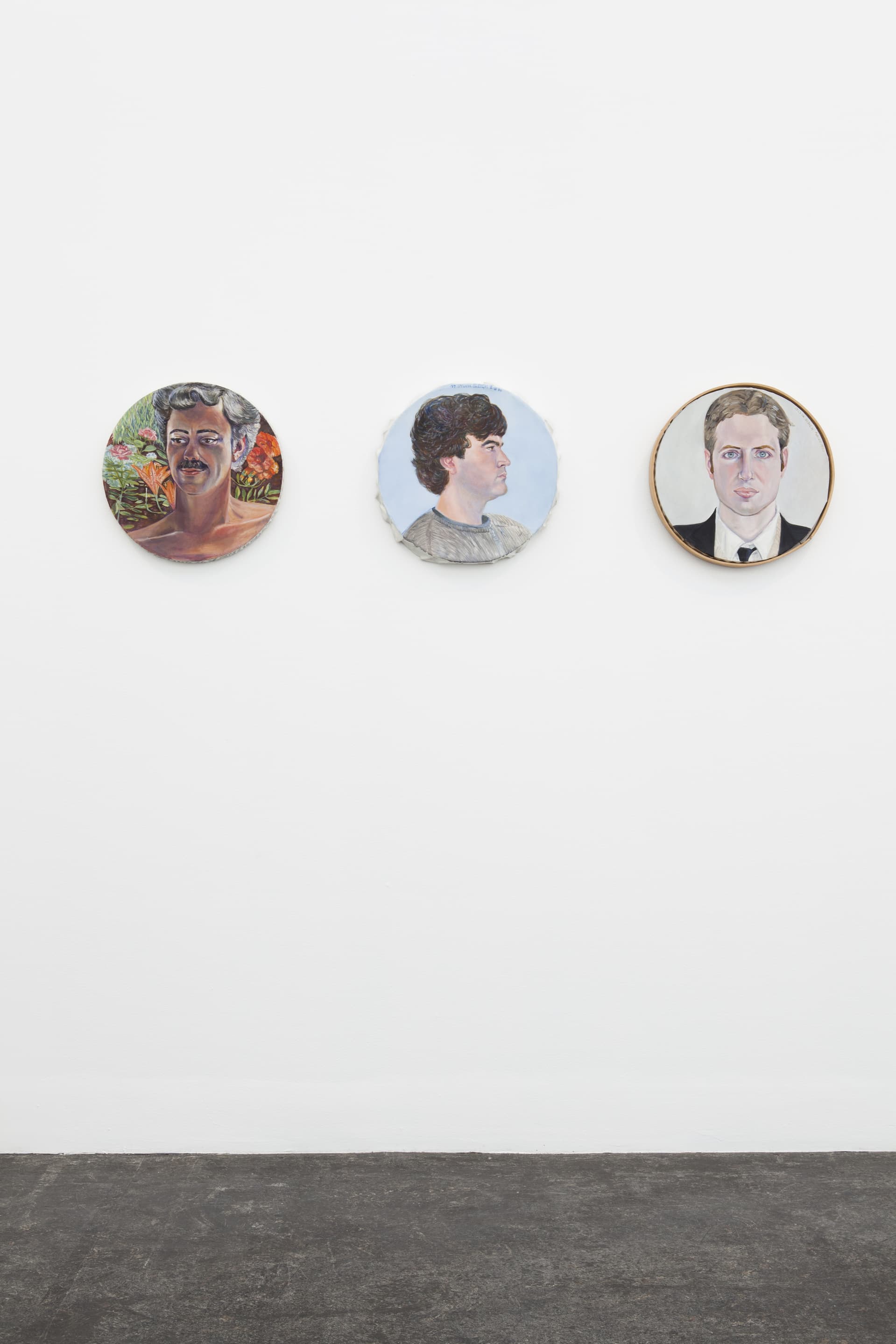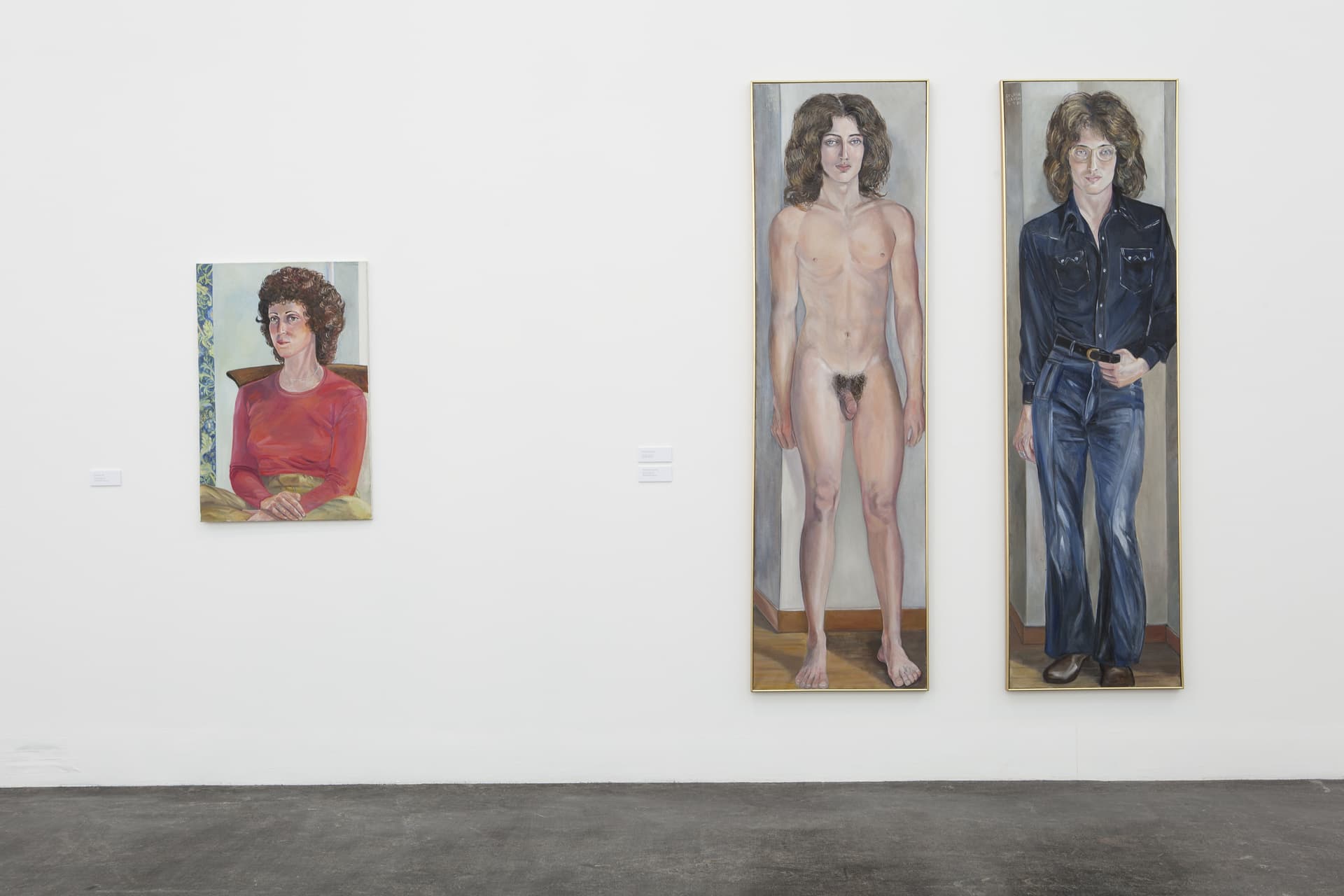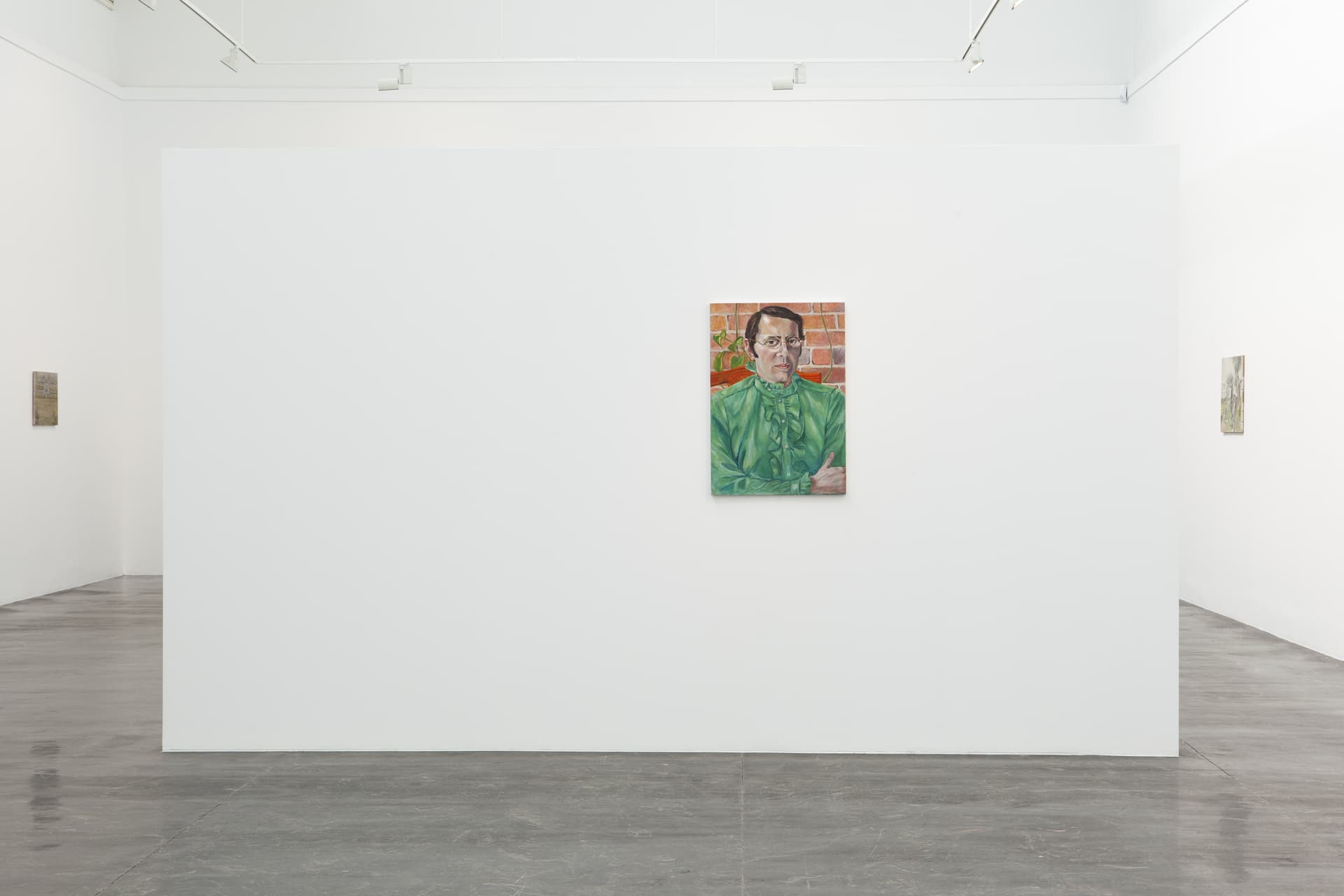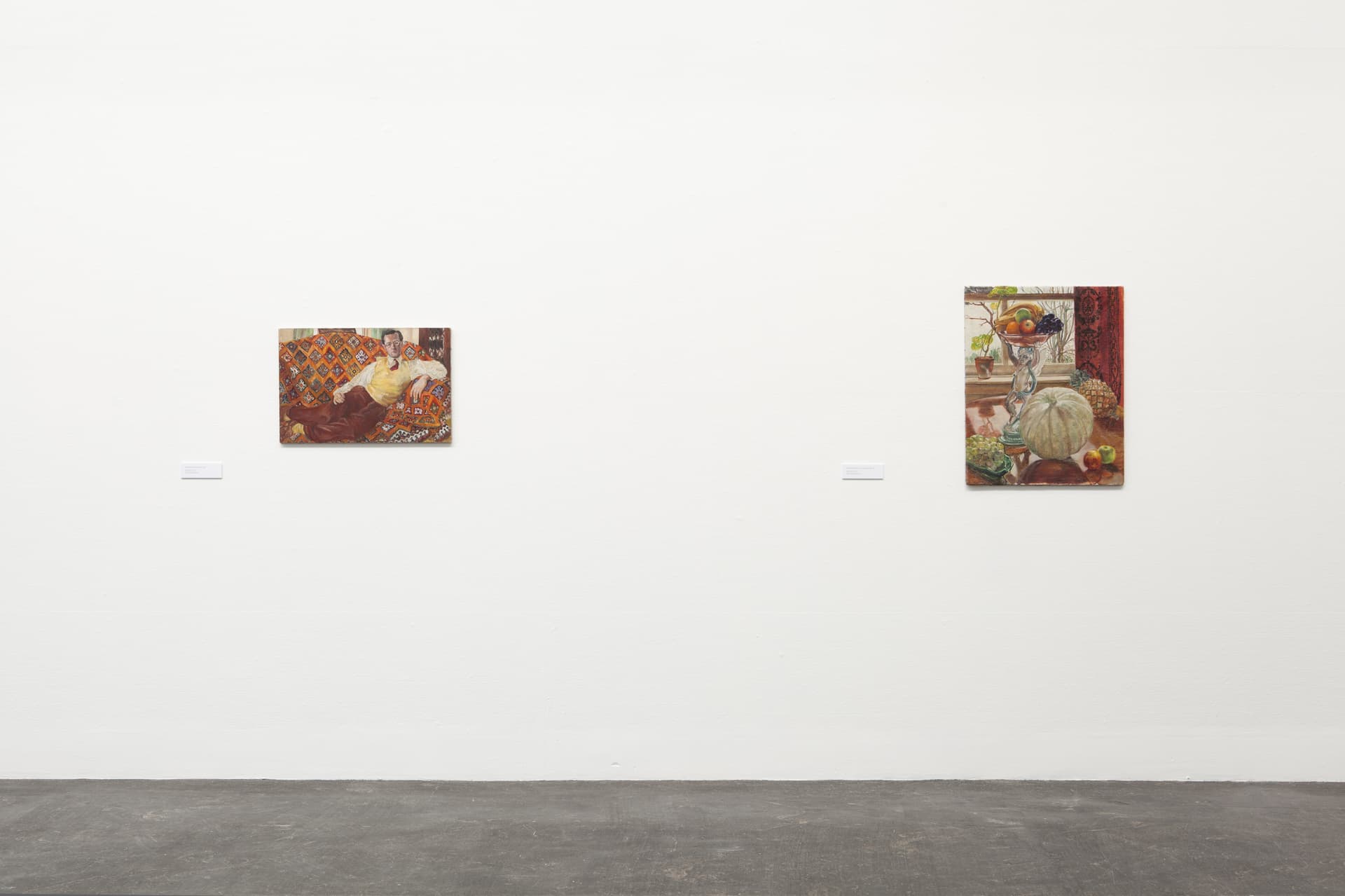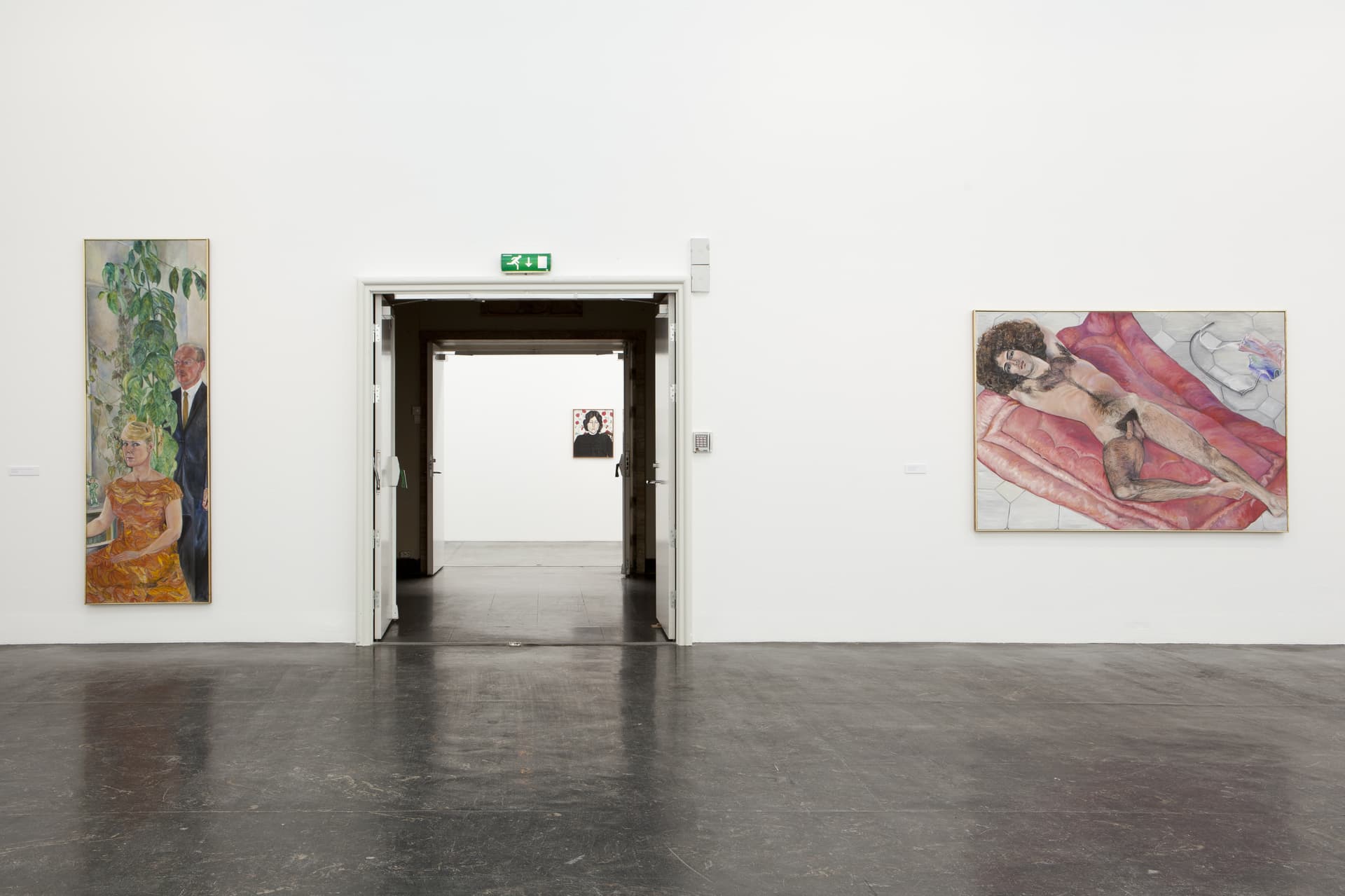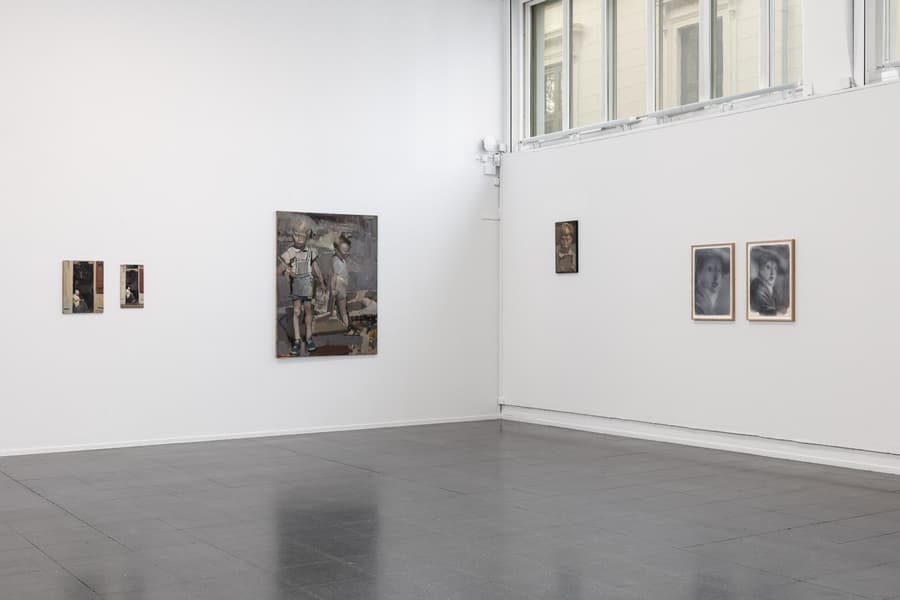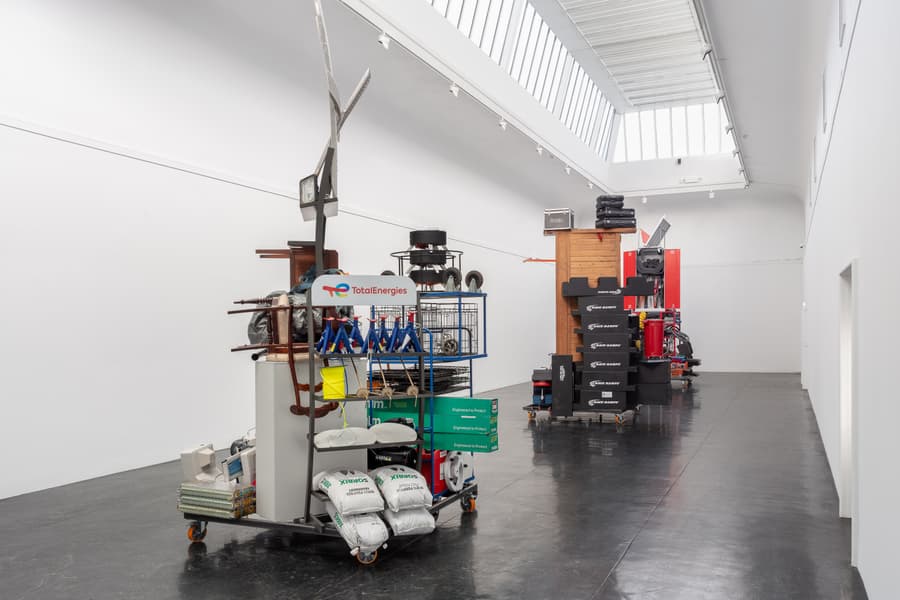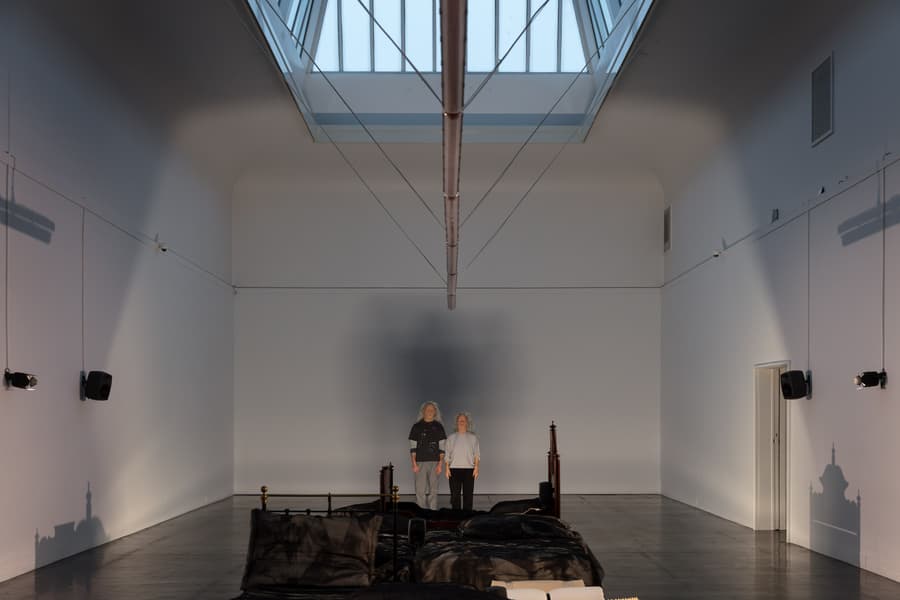Sylvia Sleigh

In the upcoming exhibition period, Kunstnernes Hus appropriates both skylight halls for a first, unique presentation of the American artist Sylvia Sleigh's paintings. The posthumous solo exhibition is the most extensive to date and presents works from a time span of over sixty years. The committee is broadly composed so that Sleigh's business will appear as a whole and in all its complexity.
I made a point of finding models [in the 60s], and I painted them as portraits, not as sex objects, but sympathetically as intelligent and admired, not as women had so often been depicted as unindividuated houris [beautiful young women]. I had noted from my childhood that there were always pictures of beautiful women but very few of handsome men, so I thought it would be truly fair to paint handsome men for women.
About the artist
Sylvia Sleigh (1916 – 2010) was born in Wales, but in the 1960s she moved to New York with her second husband, writer and curator Lawrence Alloway, where Alloway worked as senior curator at the Solomon R. Guggenheim Museum. The couple lived in New York for the rest of their lives. During the rise of feminism in the United States in the early 1970s, Sleigh established herself as a prominent artist, particularly by portraying male and female models, naked and clothed. She found her models among fellow artists, writers, actors and musicians: as a whole, her work forms an effective map of the dynamic art scene of the 1960s and 70s. In these paintings, she combined a bold sensuality with a personal feminism that placed her at the center of a discourse related to questions of power, representation and gender. This discussion, which should above all be seen in the light of her exploration of the basic guidelines of historical, academic painting, also involved a break with an apparently fixed power relationship between the portraitist and the portrayed. In her paintings, male models were subjected to the same art historical framework that had governed women's bodies for centuries. This arose as a feminist strategy to win back the right to erotic pictorial motifs and to fight various forms of oppression such as censorship and pornography. Overall, there is a desire to pay tribute to sexuality, but at the same time avoid an objectifying gaze. As she had a close relationship with all her models, the situation is characterized by a different kind of familiarity.
Despite the fact that Sleigh's activities and motif circle are characterized by a careful conservatism in that the motifs are mainly portraits and model studies, they all make different radical statements:
Sleigh often relates her nudes to the Great Tradition, both as an assertion of continuity in scope and ambition and at the same time as a witty ironic reminder of values that have been rejected, or in her case deliberately stood on their heads (Linda Nochlin, Bathers, bodies, beauty – the visceral eye (2003)).
Besides portraits, a number of still lifes and landscapes are included in the exhibition, such as the rarely presented paintings of statues in the parkland around the Crystal Palace in 1950s London.
About the exhibition
The exhibition at Kunstnernes Hus is motivated by several reasons. The same conviction, organization and commitment that can be traced in Sleigh's life's work is expressed in the Norwegian artists' collective efforts throughout the history of Kunstnernes Hus. Particularly important were Sleigh's efforts for the rights of female artists and filmmakers to viewing opportunities and improved finances, as well as her work with artist-run exhibition venues in 1970s New York.
It is only recently that Sylvia Sleigh's work has seriously been included in more and more exhibitions that comment on the rise of radical feminism in the USA. An example is her participation in the groundbreaking WACK! Art and the Feminist Movement, in 2007.
The exhibition at Kunstnernes Hus marks the beginning of a traveling exhibition that will take place in Europe during 2012–2013. It will also be documented in a catalogue, which will be the first artistic presentation of Sleigh's work. The exhibition is a co-production between Kunstnernes Hus, Kunsthalle Sankt Gallen and Musée d'Art Contemporain de Bordeux CAPC, and it is curated by Giovanni Carmine, Mats Stjernstedt and Alexis Vaillant in collaboration with Katya Garcia-Anton.
